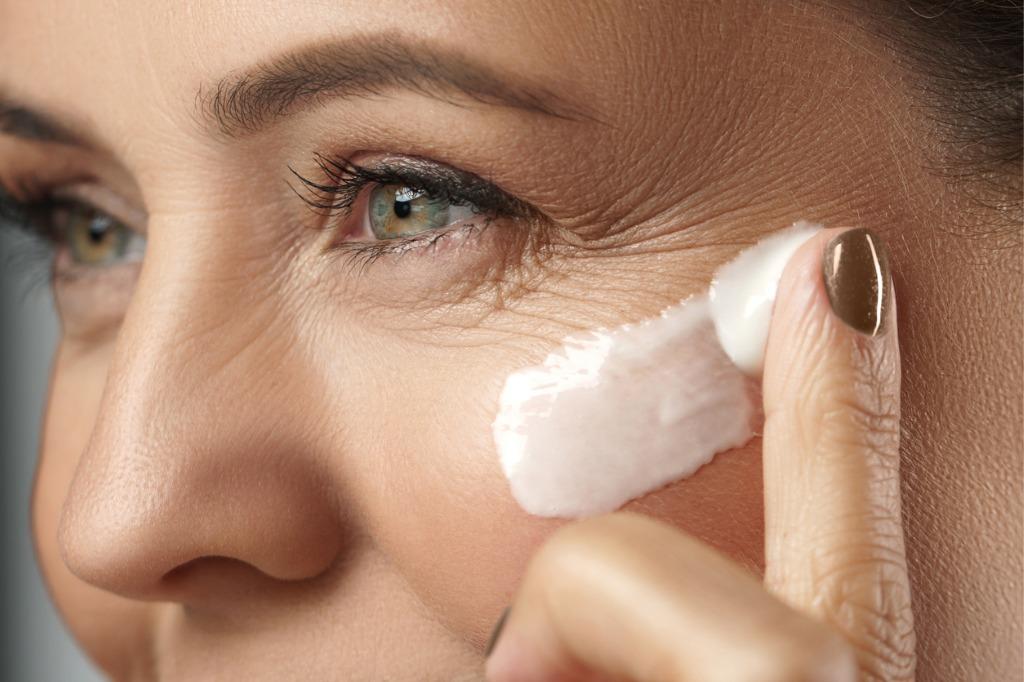Tretinoin Cream: The Ultimate Guide to Understanding Its Benefits

In the vast world of skincare, few ingredients have stood the test of time and rigorous scientific scrutiny as tretinoin cream has. Revered by dermatologists and skincare enthusiasts alike, tretinoin cream has become a cornerstone in many skincare routines. But what exactly is this wonder cream, and why is it so highly regarded? Let’s find out.
What is Tretinoin Cream?
Tretinoin, a derivative of vitamin A, is a topical retinoid. It’s primarily used to treat acne but has gained popularity for its effectiveness against signs of aging, such as wrinkles and sunspots. Tretinoin cream works by promoting rapid cell turnover, which helps unclog pores, smooth the skin’s surface, and fade discolorations.
Benefits of Tretinoin Cream
Acne Treatment
Tretinoin cream is highly effective in treating both comedonal (whiteheads and blackheads) and inflammatory acne by unclogging pores and reducing inflammation.
Anti-aging
Regular use of tretinoin cream can boost collagen production, reducing the appearance of fine lines and wrinkles. It also helps in fading age spots and improving skin texture.
Fight Hyperpigmentation
Tretinoin can lighten dark spots, sunspots, and melasma by accelerating the shedding of pigmented skin cells.
Skin Smoothing
By promoting cell turnover, tretinoin cream can help in achieving a smoother skin texture and more even complexion.
Different Strengths of Tretinoin Cream
Tretinoin cream comes in various strengths, allowing for a tailored approach to skincare. The concentration you choose can depend on your skin type, concerns, and how your skin reacts to the product. Here’s a breakdown of the typical strengths available:
0.025%: Often recommended for those who are new to tretinoin or have sensitive skin. It’s effective in treating mild acne and initial signs of aging.
0.05%: This is a mid-strength option suitable for those who have some tolerance to tretinoin or have more pronounced skin concerns. It’s often used for moderate acne and noticeable signs of aging.
0.1%: The highest commonly prescribed strength, this concentration is for those who have built up a tolerance to tretinoin and need a more potent treatment for severe acne or significant signs of aging.
Building Up to Different Strengths Over Time
Starting with a lower-strength tretinoin cream is often recommended to allow your skin to acclimate to the product. As you build tolerance, you can gradually move to a higher concentration if needed.
Here’s a typical progression:
Begin with 0.025%: Use this strength for several months, observing how your skin responds.
Consider Moving to 0.05%: If your skin tolerates the initial strength well and you feel you might benefit from a stronger formulation, you can transition to this mid-strength option.
Evaluate the Need for 0.1%: After using the mid-strength for a while, if you and your dermatologist feel it’s appropriate, you can shift to the highest strength.
Remember, the goal is not to reach the highest strength but to find the concentration that offers the best results for your unique skin needs. Always consult with your dermatology provider before making changes to your tretinoin regimen.
How to Use Tretinoin Cream
Start Slowly: If you’re new to tretinoin, begin by applying it every other night to see how your skin reacts. Over time, as your skin builds tolerance, you can increase the frequency.
Apply to Clean Skin: For best results, apply tretinoin cream to freshly cleansed and dried skin.
Use Sunscreen: Tretinoin can make your skin more sensitive to the sun. Always use a broad-spectrum sunscreen during the day to protect your skin.
Consult a Dermatologist: Before starting any tretinoin regimen, it’s crucial to consult with a dermatologist to ensure it’s suitable for your skin type and to get guidance on the correct concentration.
When to Start Using Tretinoin Cream
The beauty of tretinoin cream is that it’s not just a reactive treatment but also a proactive one. Starting earlier can help prevent and address skin concerns before they become more pronounced. However, the right age to start can vary from person to person.
For many, introducing tretinoin in their late 20s to early 30s can be beneficial, especially if signs of aging or skin damage are a concern. However, those with acne-prone skin might start even earlier.
Regardless of age, the key is to consult with a dermatology provider. They can assess your skin, discuss your concerns, and guide you on when and how to incorporate tretinoin into your skincare routine.
Potential Side Effects
While tretinoin cream offers numerous benefits, it can also come with side effects, especially during the initial stages. These may include redness, peeling, dryness, and increased sensitivity. Most of these side effects subside as the skin acclimates to the product.
Discover the Power of Tretinoin with Academic Alliance in Dermatology
Tretinoin cream is a potent and proven skincare ingredient, but like all powerful treatments, it’s essential to use it correctly. At Academic Alliance in Dermatology, our team of dermatology providers can guide you on the best way to incorporate tretinoin into your routine, ensuring you reap all its benefits while minimizing potential side effects.
Ready to transform your skin with the power of tretinoin? Schedule an appointment with us today.
